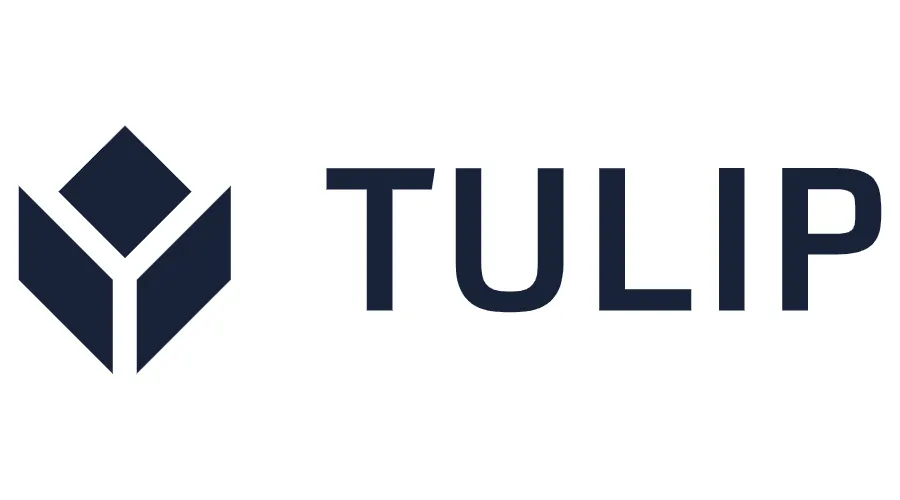
Genealogy and Traceability SolutionTulip
Capture all the information you need as a component, product, or batch progresses through production. Quickly contain quality events by referencing operator, equipment, and sensor data in one place.
Vendor
Tulip
Company Website
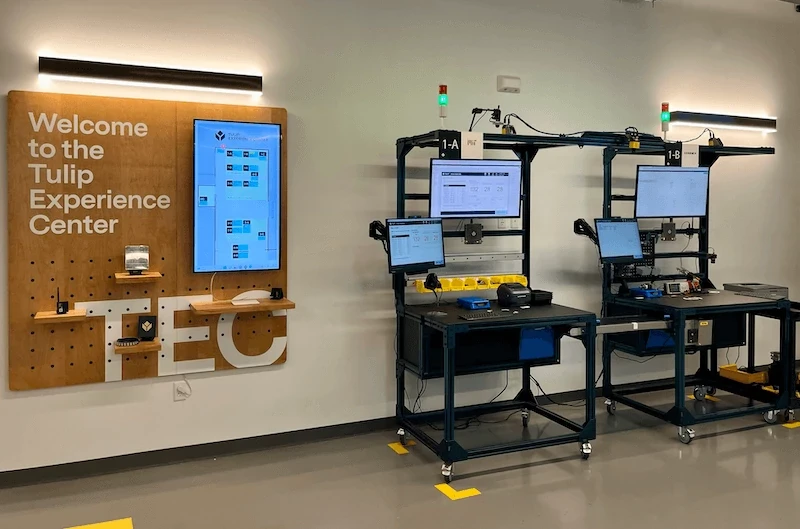
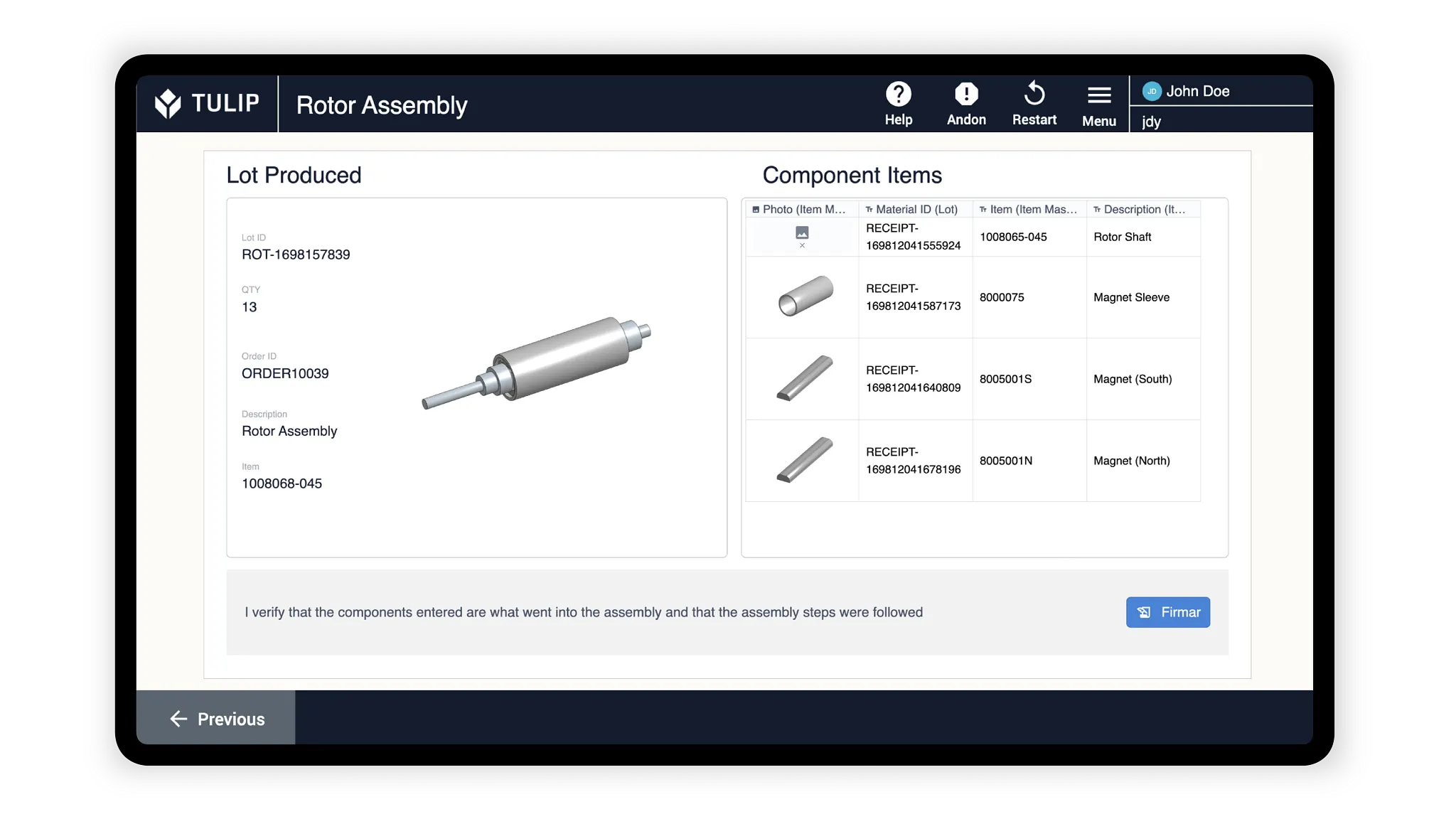
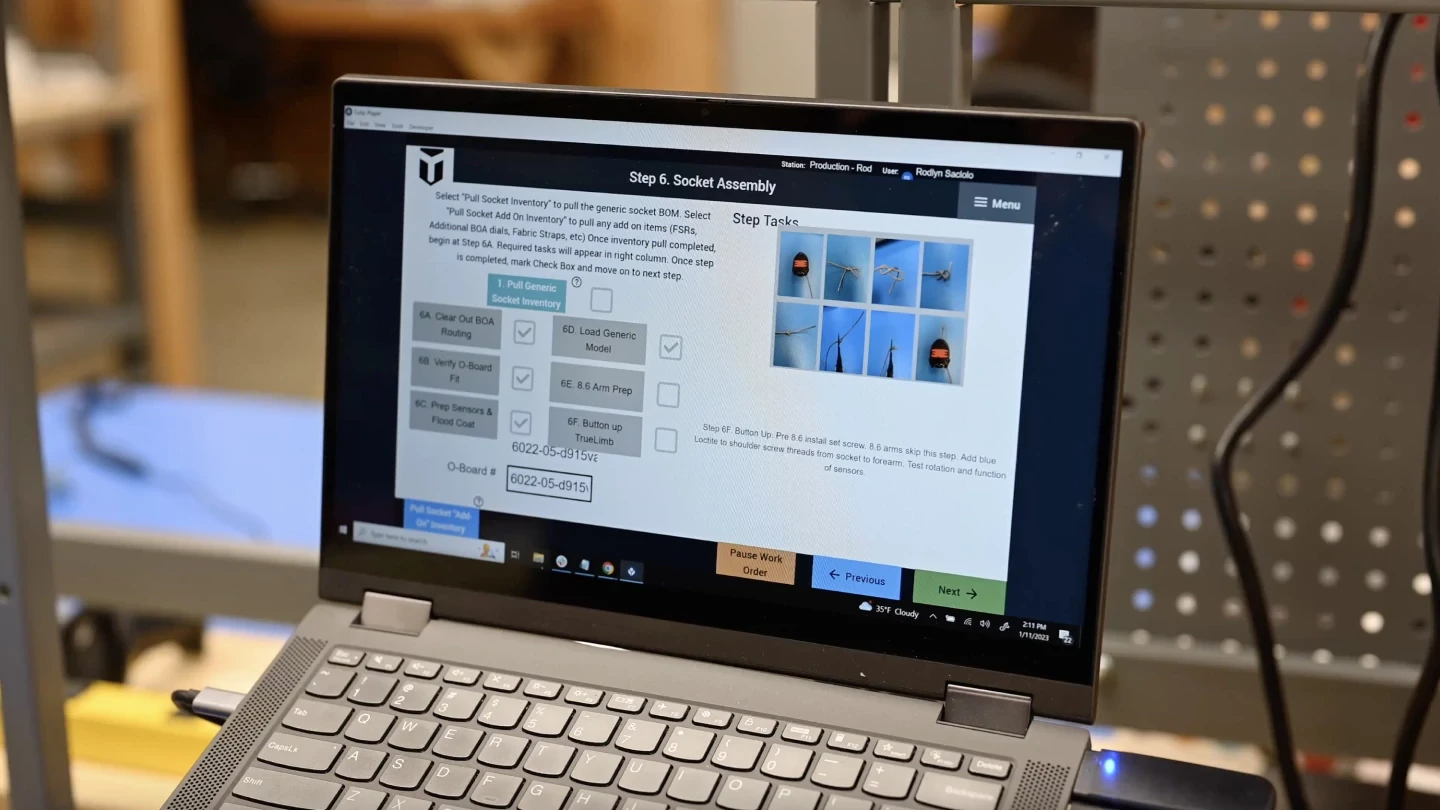
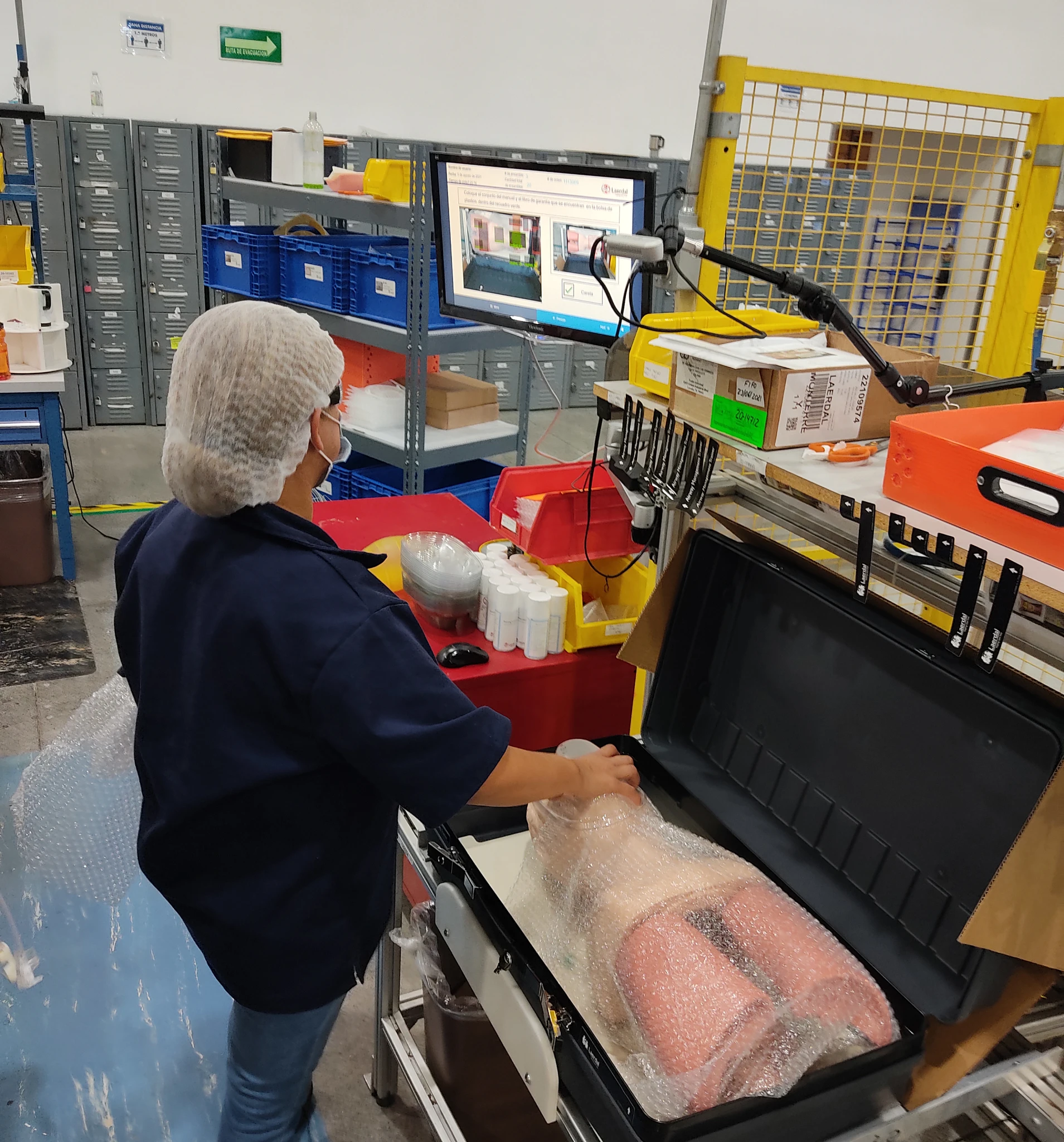
Product details
Overview
Tulip Genealogy & Traceability provides a flexible, no‑code platform to capture and visualize every step—from raw materials to finished products. Designed for frontline operators and quality teams, it unlocks real-time tracking, supports regulatory compliance (like FDA 21 CFR, EU GMP), and simplifies recall or audit readiness. Behind the scenes, Tulip leverages table structures, completion records, triggers, and app-driven workflows to ensure your digital genealogy mirrors physical operations accurately.
Features and Capabilities
- Digital product lineage: Build a full traceability chain—batch, material IDs, defect events, equipment history.
- Scalable table architecture: Mirror shop floor structure with Tables and Completions to reliably capture metadata across apps.
- Immutable data capture: Completion records enforce audit‑ready history—ideal for compliance and recalls.
- Interactive genealogy apps: Allow users to select units and drill into each component’s history via table record views.
- Smart querying and export: Filter by date, material ID, defect, or other conditions; export lineage data to CSV for sharing or audits.
- Seamless integration: Connect with PLCs, sensors, MES, ERP, AWS IoT SiteWise, MQTT, and more via native connectors.
- Regulatory-ready governance: Built-in support for FDA 21 CFR Parts 11/210/211, EU GMP Annex 11, ISO 13485, 21 CFR 820, ITAR-ready deployment options.
- Composable MES synergy: Easily integrate with other Tulip apps—batch records, quality management, equipment logs—for full MES capabilities.
- User-friendly editor: No coding required to build lineage workflows, table triggers, or app interfaces; fast to deploy and iterate.
- Governance controls: Role‑based access, version approvals, SSO, templating, and controlled deployments help maintain consistency and compliance.